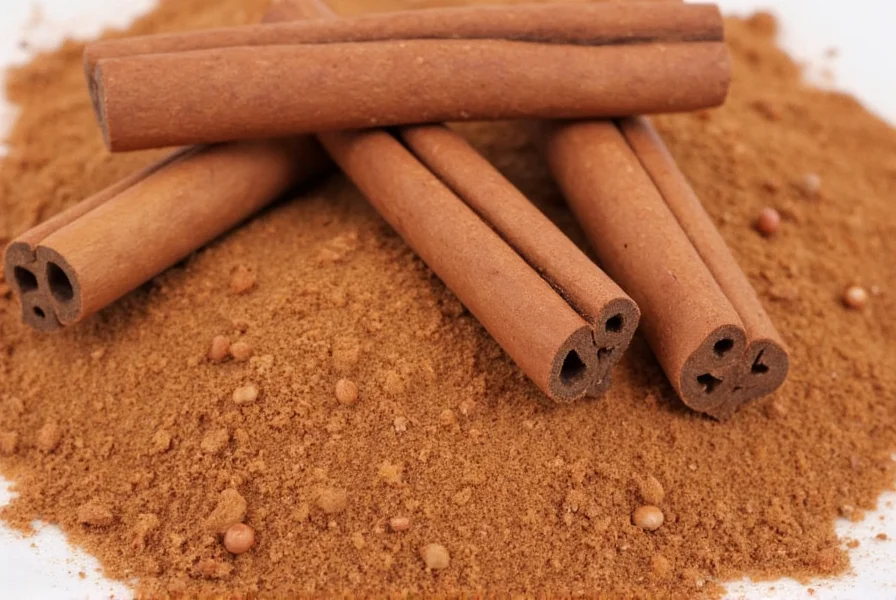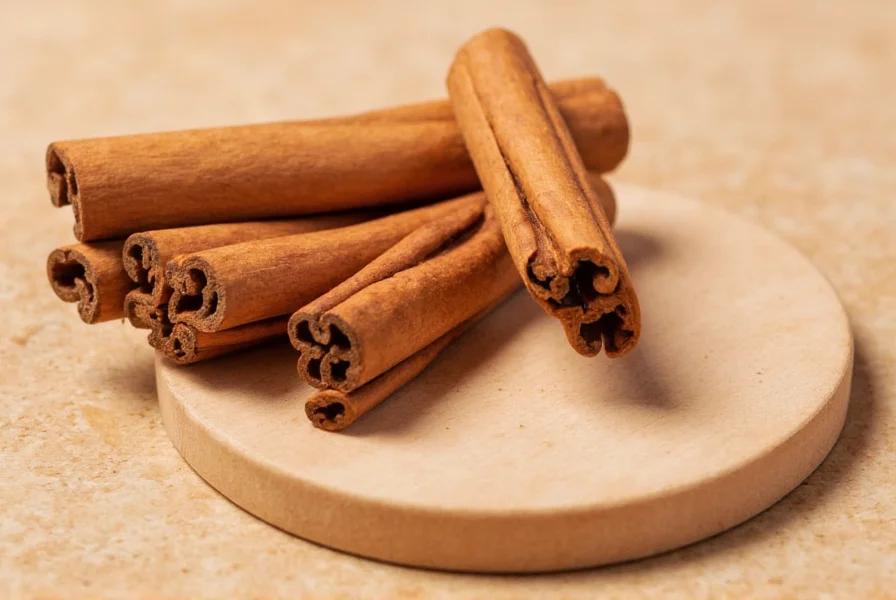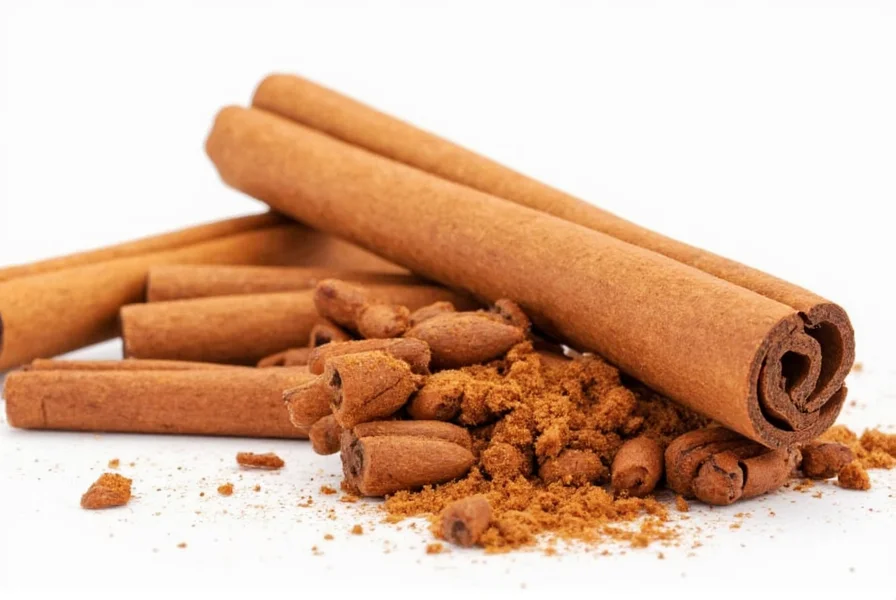Many people wonder does cinnamon lower blood pressure as a natural alternative to medication. While research shows promising results, it's essential to understand both the potential benefits and limitations of using cinnamon for blood pressure management.
The Science Behind Cinnamon and Blood Pressure
Several clinical studies have investigated cinnamon's potential cardiovascular benefits. A 2013 meta-analysis published in Nutrition Research Reviews examined multiple trials and found that cinnamon supplementation significantly reduced systolic blood pressure by an average of 5.39 mmHg and diastolic pressure by 2.6 mmHg compared to control groups.
More recent research continues to support these findings. A 2020 study in the Journal of Clinical Hypertension followed participants with type 2 diabetes who consumed 2 grams of cinnamon daily for 12 weeks. The cinnamon group showed an average reduction of 4.6 mmHg in systolic pressure compared to the placebo group.
| Study | Participants | Cinnamon Dose | Duration | Blood Pressure Reduction |
|---|---|---|---|---|
| Ziegenfuss et al. (2013) | 56 adults with prediabetes | 500 mg twice daily | 12 weeks | Sys: 3.8 mmHg ↓ Diast: 2.3 mmHg ↓ |
| Azimi et al. (2014) | 60 patients with type 2 diabetes | 1.5 grams daily | 12 weeks | Sys: 4.9 mmHg ↓ Diast: 2.6 mmHg ↓ |
| Khan et al. (2020) | 75 adults with metabolic syndrome | 3 grams daily | 8 weeks | Sys: 5.2 mmHg ↓ Diast: 2.8 mmHg ↓ |
How Cinnamon Might Affect Blood Pressure
Researchers believe cinnamon's potential blood pressure benefits come from several mechanisms:
- Antioxidant properties: Cinnamon contains polyphenols that may reduce oxidative stress, which contributes to hypertension
- Anti-inflammatory effects: Chronic inflammation is linked to high blood pressure, and cinnamon shows anti-inflammatory activity
- Improved insulin sensitivity: Better insulin function may help regulate blood pressure, particularly in people with insulin resistance
- Nitric oxide production: Some studies suggest cinnamon may enhance nitric oxide availability, which helps blood vessels relax

Types of Cinnamon and Their Effects
Not all cinnamon is created equal when considering cinnamon blood pressure study results. There are two main types:
- Ceylon cinnamon ("true" cinnamon): Contains lower levels of coumarin, making it safer for regular consumption
- Cassia cinnamon: More common and less expensive, but contains higher coumarin levels which can be harmful to the liver in large amounts
For those exploring how much cinnamon to lower blood pressure, researchers generally recommend Ceylon cinnamon due to its better safety profile for regular, long-term use.
Practical Considerations for Blood Pressure Management
If you're considering cinnamon as part of your approach to natural remedies for blood pressure control, keep these points in mind:
- Effective doses in studies typically range from 1-6 grams daily (about 1/4 to 1 1/2 teaspoons)
- Effects appear after 8-12 weeks of consistent use
- Cinnamon works best as part of a comprehensive approach including diet, exercise, and stress management
- It should never replace prescribed blood pressure medications without medical supervision
Safety and Potential Interactions
While cinnamon is generally safe as a food spice, higher therapeutic doses require caution. People taking blood pressure medication should consult their doctor before adding cinnamon supplements, as cinnamon and blood pressure medication interaction could potentially cause blood pressure to drop too low.
Additionally, cassia cinnamon contains coumarin, which in large amounts may cause liver damage. The European Food Safety Authority recommends limiting coumarin intake to 0.1 mg per kg of body weight daily. For a 150-pound person, this equals approximately 1 teaspoon of cassia cinnamon.

Realistic Expectations for Hypertension Management
When evaluating cinnamon supplements for hypertension, it's crucial to maintain realistic expectations. The blood pressure reductions seen in studies are modest compared to prescription medications, which typically lower systolic pressure by 10-15 mmHg or more.
For people with mild hypertension, cinnamon might provide additional support alongside lifestyle changes. However, for those with moderate to severe hypertension, cinnamon alone is insufficient as a treatment strategy. Always work with your healthcare provider to develop an appropriate treatment plan.
Conclusion: Cinnamon's Role in Blood Pressure Management
The question does cinnamon lower blood pressure has a nuanced answer. Scientific evidence suggests it may provide modest benefits, particularly for people with type 2 diabetes or metabolic syndrome. However, it should be viewed as a complementary approach rather than a primary treatment.
If you have high blood pressure, focus first on proven strategies: maintaining a healthy weight, reducing sodium intake, increasing physical activity, and following your doctor's treatment recommendations. Cinnamon can be a flavorful addition to this approach, but it shouldn't replace evidence-based medical treatments.
How much cinnamon should I take daily for blood pressure benefits?
Research suggests 1-6 grams (approximately 1/4 to 1 1/2 teaspoons) of Ceylon cinnamon daily may provide blood pressure benefits. Most studies showing positive effects used doses between 1.5-3 grams daily for 8-12 weeks. Always consult your healthcare provider before starting any new supplement regimen.
Can I replace my blood pressure medication with cinnamon?
No, you should not replace prescribed blood pressure medication with cinnamon. While studies show modest reductions in blood pressure with cinnamon supplementation, these effects are significantly smaller than those achieved with standard hypertension medications. Always consult your doctor before making any changes to your medication regimen.
How long does it take for cinnamon to lower blood pressure?
Most clinical studies showing blood pressure benefits from cinnamon required 8-12 weeks of consistent daily use. Unlike prescription medications that may show effects within days or weeks, cinnamon's impact appears to be gradual and requires sustained use to observe potential benefits.
Is Ceylon cinnamon better than cassia for blood pressure?
Both types may offer similar blood pressure benefits, but Ceylon cinnamon is generally preferred for regular consumption because it contains significantly less coumarin, a compound that can cause liver damage in high amounts. Cassia cinnamon, while more common and less expensive, should be consumed in moderation due to its higher coumarin content.
Can cinnamon help with high blood pressure in people with diabetes?
Research suggests cinnamon may be particularly beneficial for people with type 2 diabetes who also have high blood pressure. Several studies focusing on diabetic populations have shown more pronounced blood pressure reductions compared to non-diabetic groups, possibly due to cinnamon's combined effects on insulin sensitivity and vascular function.











 浙公网安备
33010002000092号
浙公网安备
33010002000092号 浙B2-20120091-4
浙B2-20120091-4